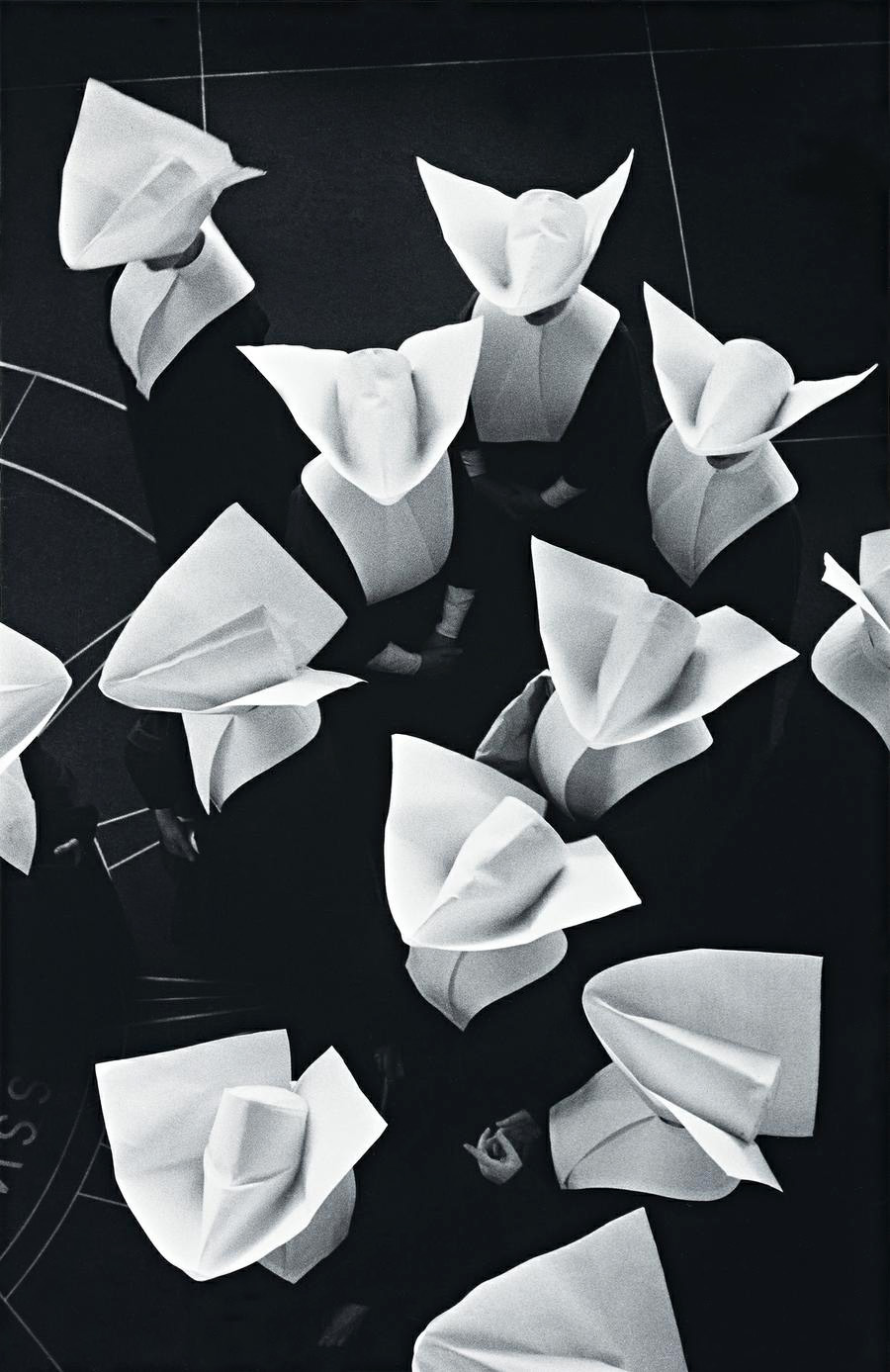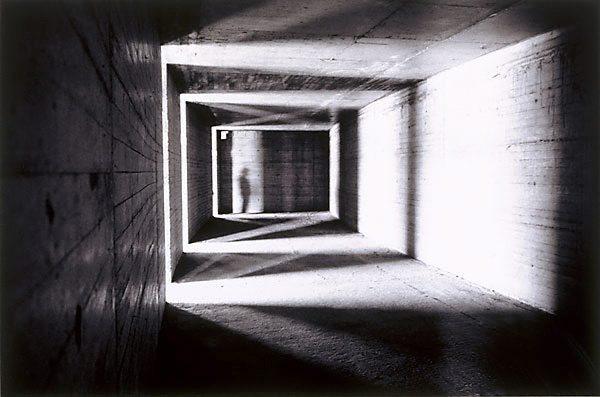I do most of my shooting in aperture priority. I want to control depth of field, and to a large extent, that involves controlling the aperture. And usually, I'm happy for the Nikon to work out what what shutter speed works.
 |
| Not a great shot - but sharp and correctly exposed. |
long lens (so a highish shutter speed was needed), but I also wanted a reasonable depth of field, since focussing was occasionally tricky. So - I needed a smaller aperture.
This sounded like a job for manual exposure!
But to add to my problems, I was moving around, so as the angle to the sun varied, so did the amount of light hitting the camera. Manual was becoming ... inconvenient.
Then it occurred to me that I had another option: I switched ISO to auto, and let the camera work it out while I stuck with my preferred aperture and shutter speed.
It worked! As the light varied, I still had my preferred aperture (hence depth of field), and camera shake was minimised with a fairly high shutter speed - and the camera changed its sensitivity to ensure it got the right exposure.
So, I reckon we have now five modes on our DSLRs now: program, aperture priority, shutter priority, manual - and "semi-manual".
Try it next time you're in a demanding situation. It just might help.
Shane Baker
Canberra





